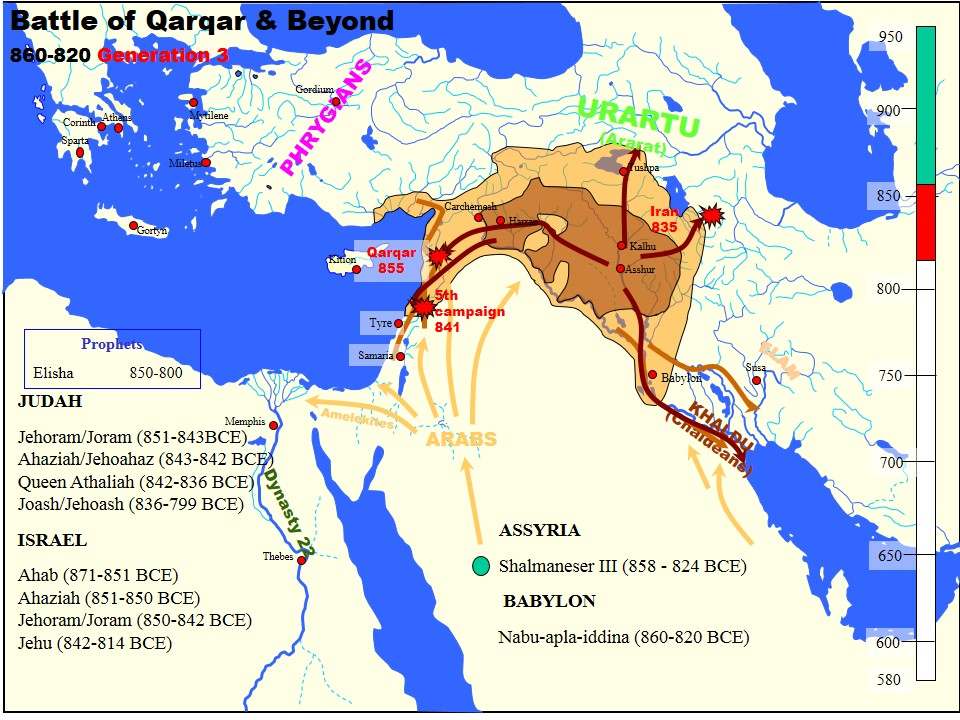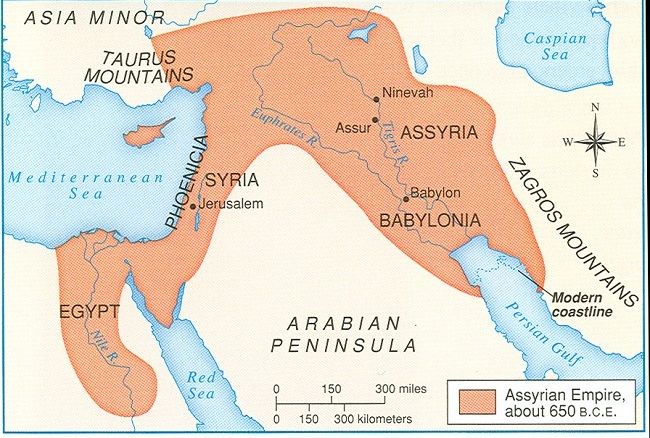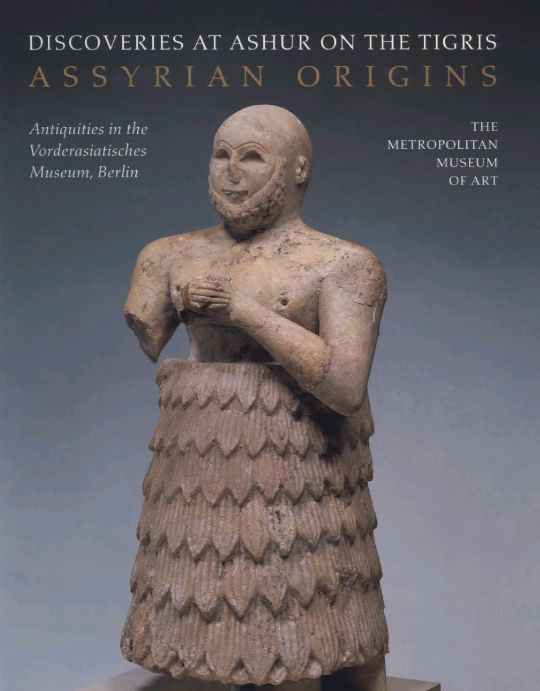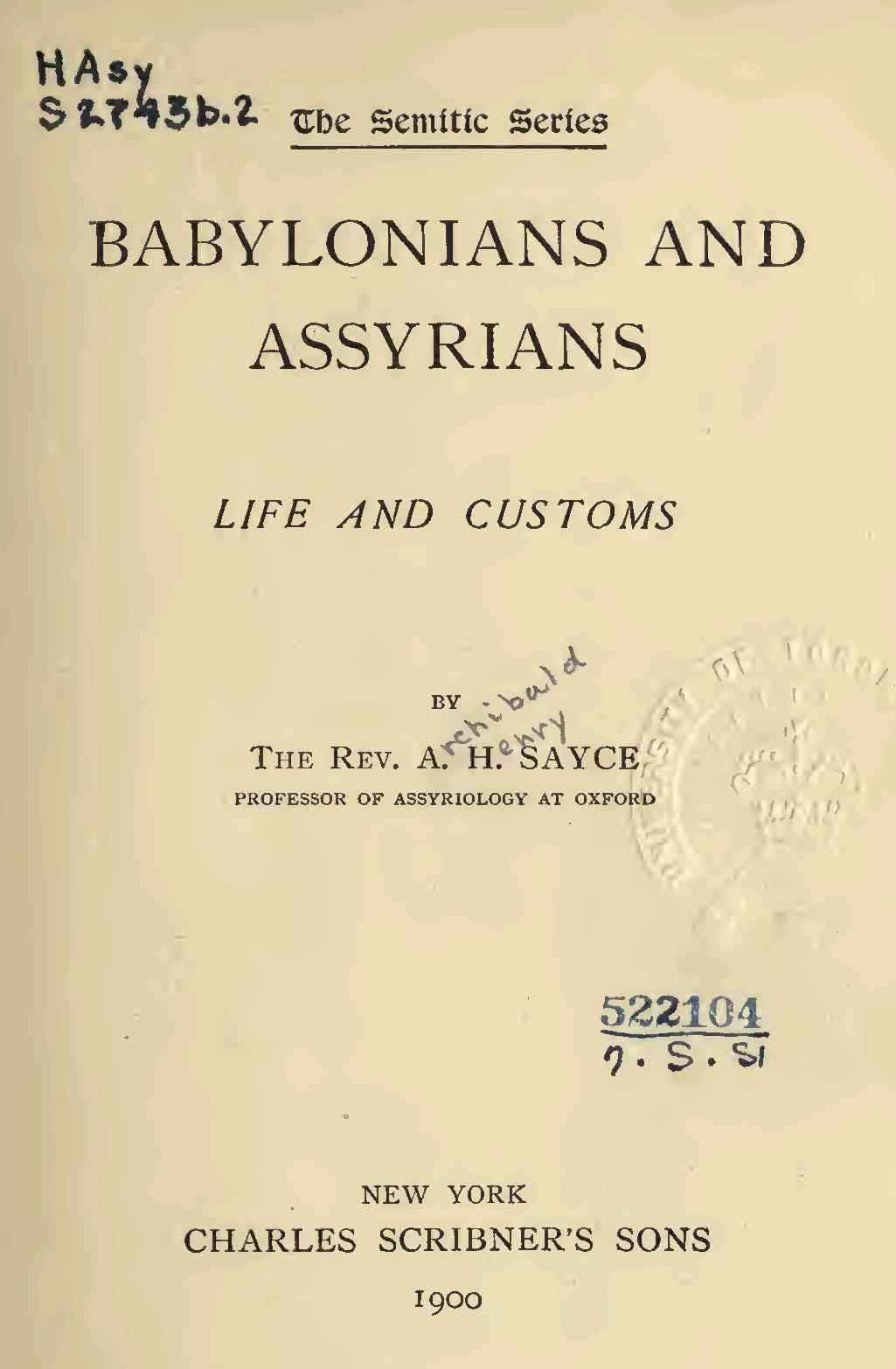Assyria
If we define an empire as a single supreme authority that rules over a collection of countries with different ethnic, religious and cultural properties, Assyria can be considered the earliest empire in the world. At its height, it ruled over present-day Iraq, Syria, Lebanon, Israel, Jordan, and portions of Egypt, Turkey, Armenia, Kuwait, and Iran.
The Assyrians originally lived in areas around a city called Aššur located in the northern part of Mesopotamia. Aššur was an important trade center. The activities of its merchants are known from thousands of cuneiform tablets which often mention the trade in copper, but also document many aspects of everyday life. In the third millennium BCE Aššur was one of the many city-states in Mesopotamia. The Assyrians expanded their territories to include neighboring cities, such as Nineveh.
Starting from around 1800 BCE, Assyria became a vassal of Babylonia, a country on southern Mesopotamia. It returned to being an independent state briefly a few times, but was then reconquered. Below is a map of Mesopotamia showing the countries around 1450 BCE. The cities of Assur and Nineveh are on the map.

The Mitanni state north of Assyria became strong and expanded its territories. Around 1430 BCE Assyria became a vassal of the Mitanni kingdom. Below is a map of the Mitanni kingdom around 1400 BCE (deep purple shows the original territories and the light purple shows the expansion):

Assyria plotted to gain independent when Mitanni became entangled in civil wars. Assyrian king Eriba-Adad started to fight with Mitanni. His successor, Ashur-uballiṭ I, killed the Mitanni king and destroyed Mitanni in 1364 BCE. With Assyrian power firmly established, Ashur-uballit started to fight with his neighbors. Subsequent Assyrian rulers expanded the territories. During the reign of Tukulti-Ninurta I (regeined 1243–1207 BC) he subjugated Babylonia and established Assyria as the dominant power in Mesopotamia. However, his sons rebelled against him and he was murdered in 1207 BCE. Below is a map of Assyria under Tukulti-Ninurta I (Note that the words on the map are in Spanish, and Babylonia in the south, which was a vassal at that time, is spelled as "Babilonia"):

Below is a more detailed map of Assyria at that time:

Assyria underwent a period of decline after Tukulti-Ninurta I. There were periods of resurgences and further declines. This changed during the reign of Ashur-Dan II, who stopped the decline. His son, Adad-nirari II continued to rebuild the kingdom and is considered the first king of the "Neo-Assyrian" Empire. Assyria mounted a number of military campaigns against other countries. Below is a map showing campaigns under Ashur-dan II (r. 934–912 BC), Adad-nirari II (r. 911–891 BC) and Tukulti-Ninurta II (r. 890–884 BC)

Below is a map showing campaigns under Ashurnasirpal II (r. 883–859 BC):

Below is a map showing campaigns under Shalmaneser III (r. 859–824 BC):

Below is a map of Assyria in 650 BCE at the time of Ashurbanipal, who is often regarded as the last great king of Assyria:

Though Ashurbanipal was a good ruler, cracks were starting to form in the empire during his reign. At some point after 656 BC, the empire lost control of Egypt, which slowly fell into the hands of the Pharaoh Psamtik I, founder of Egypt's twenty-sixth dynasty. Ashurbanipal went on numerous campaigns against various Arab tribes, but failed to consolidate rule over their lands and wasted Assyrian resources. Perhaps most importantly, his policy fanned anti-Assyrian sentiments in southern Mesopotamia, which would have disastrous consequences soon after his death. Ashurbanipal's reign also appears to have seen a growing disconnect between the king and the traditional elite of the empire. Eunuchs grew unprecedently powerful in his time, being granted large tracts of lands and numerous tax exemptions.
Soon after Ashurbanipal's death in 631 BCE, there were intense internal fighting. At the same time, a coalition lead by Media and Babylonia together with Chaldeans, Persians, Scythians, Cimmerians and Sagartians fought in unison against a civil war ravaged Assyria. They defeated the last Assyrian king Ashur-uballit II in 609 BCE, marking the end of Assyria as a country.
The Assyrians were famous for their buildings. Below is a drawing by James Fergusson (1808–1886) of Assyrian palaces in Nineveh (Assyrian capital 705-612 BCE), based on a sketch by Austen Henry Layard, an Assyriologist.

Below are publications about Assyria:
History of Assyria (file size approximately 17 MB)

Assyrian Origins (file size approximately 10 MB)

Seven Great Monarchies of the Ancient Eastern World (only the section on Assyria is included; this book contains description of the cultural and religious aspects of Assyria)
Part 1 (file size approximately 25 MB)
Part 2 (file size approximately 30 MB)

Because of the proximity and close relationship between Assyria and Babylonia, many books describe both countries in the same volume:
Babylonia and Assyria - A Sketch of Their History

A History of Babylonia and Assyria (Vol. 1) (file size approximately 20 MB)
A History of Babylonia and Assyria (Vol. 2) (file size approximately 30 MB)

Babylonian and Assyrian Religion

Babylonians and Assyrians - Life and Customs (file size approximately 15MB)
